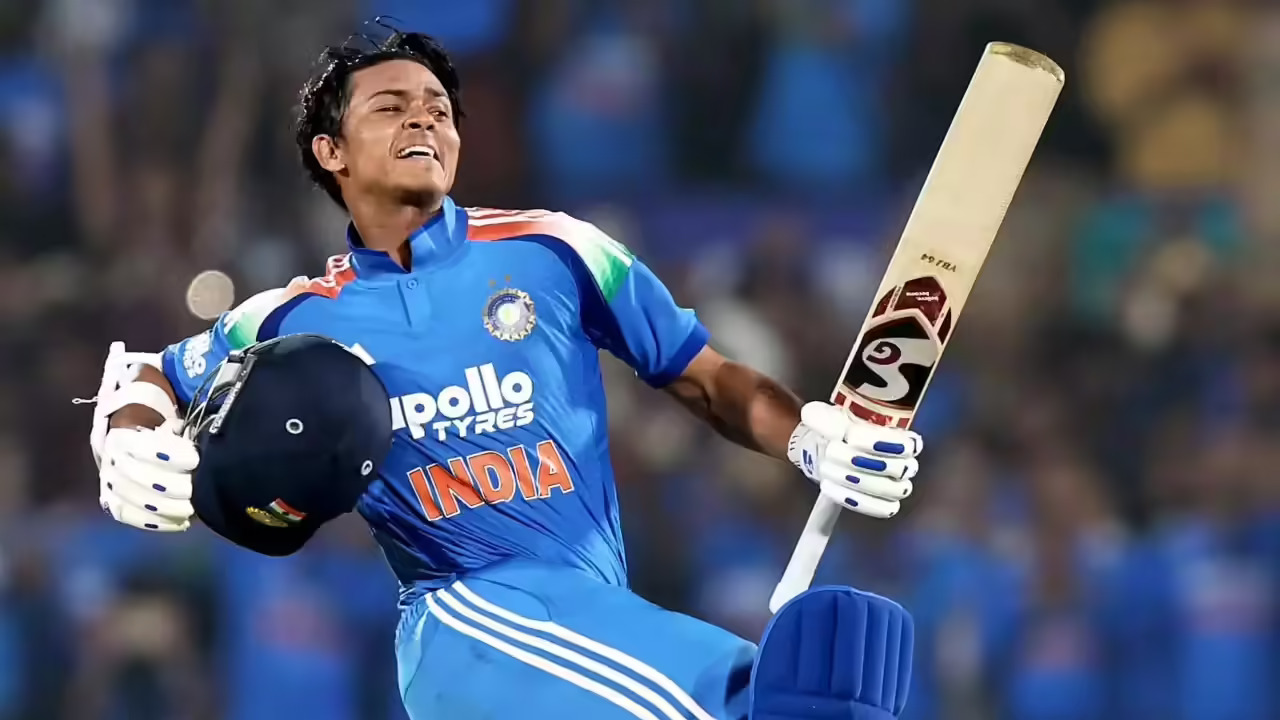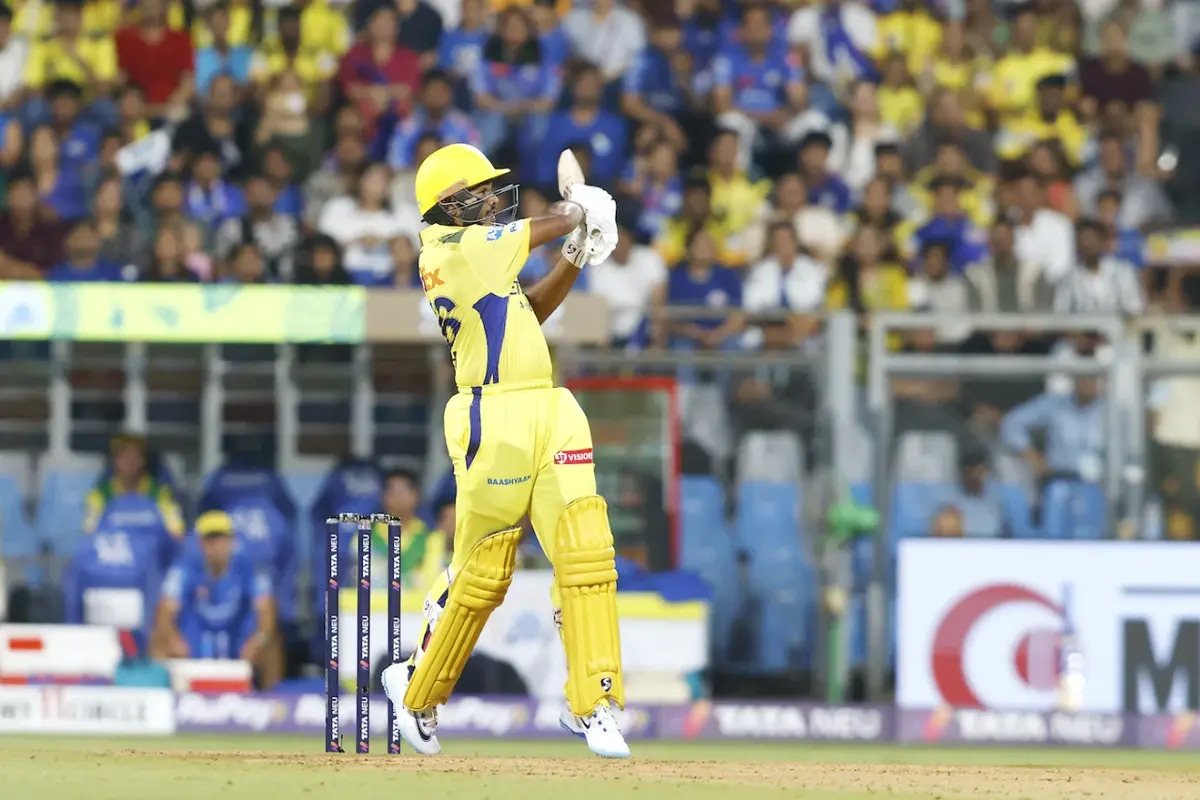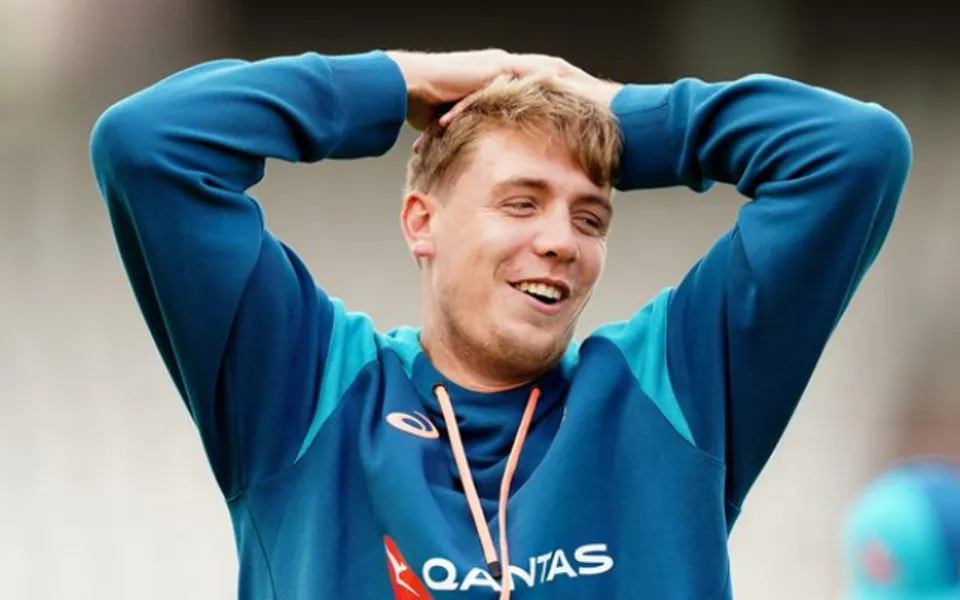The first two World Cup competitions, in 1975 and 1979, were dominated by the West Indies. When the 1983 World Cup began, all eyes were on Clive Lloyd and his team to see if they could win their third straight World Cup. For the third time, England and Wales served as the tournament’s hosts from June 9 to June 25, 1983.
By this point, the top teams had all mastered the one-day format and had begun strategizing as well. Fans were becoming more and more enamoured with the new cricket format. Even purists agreed that the game’s condensed version was enjoyable.

Teams taking part and the format
Eight teams competed in the 1983 World Cup, which was held in that year. Sri Lanka had received full membership status from the ICC by the time the 1983 edition began. In the previous two iterations, Canada and East Africa had participated, but not in 1983. Zimbabwe, who had won the 1982 ODI World Cup qualifying event for the second ICC Trophy, instead made their World Cup debut.
In addition, there were a few personnel changes among the various teams. Australia was led by Kim Hughes. England was being led by Bob Willis. Both India and Pakistan, commanded by Imran Khan, had a new captain in Kapil Dev.
The eight World Cup teams from 1983 that took part in the competition were split into two groups of four teams each. The “Group Stage” featured two matches between each team and the other three teams in its group. The top two teams from each group advanced to the elimination round, which featured the two semifinal matches and the championship game.
Both the second-placed squad in Group B and the first-place club in Group A faced off against each other. On June 25, 1983, at London’s Lord’s Cricket Ground, the winners of both semifinal matches competed in the championship game.

Big surprises early on: in Group B, India overcame Australia, West Indies, and Zimbabwe.
Zimbabwe defeated 1975 World Cup champions Australia in the opening game of group B. With 69 runs, captain Duncan Fletcher set the tone for Zimbabwe’s 239/6 total after 60 overs. In response, Australia’s then-player Kepler Wessels scored 76 points to make a strong start.
However, he needed 130 balls to score those runs. The needed run rate was too high for the Australians, despite Rod Marsh’s 50* in 48 balls. Zimbabwe triumphed by 13 runs as Fletcher picked 4/42 to add to his half-century.
India got the tournament off to a strong start by defeating the defending champions West Indies in Berbice, which was the champs’ first World Cup loss. India scored 262/8 in their opening innings of play, with Yashpal Sharma batting 89 and Sandeep Patil adding 36. Additionally, Madan Lal and Roger Binny contributed. West Indies frequently lost wickets as a response. Despite Joel Garner and Andy Roberts scoring 37 runs each, West Indies only scored 228 runs and fell short by 34 runs.

Australia scored the fewest points in the 1983 World Cup, while Pakistan scored the most.
Pakistan scored against Sri Lanka in Swansea the highest team score of the 1983 World Cup. Pakistan’s first batting lineup scored runs freely. Each of Mohsin Khan and Zaheer Abbas scored 82 runs. Imran Khan contributed 56* runs and Javed Miandad made 72. After 60 overs, Pakistan had 338/5.
In response, Guy de Alwis and Brendon Kuruppu both scored 59*. Sri Lanka only managed to make 288/9, therefore it was insufficient. Mohsin Khan was named Player of the Match, and they were defeated by 50 runs.
On the other hand, Australia’s 129 run total against India in a Group B match was the lowest total in the 1983 World Cup. Yashpal Sharma scored 40 runs and Roger Binny scored 21 runs as India scored 247 runs in the first innings at Chelmsford. The tiny total should have been sufficient for the Australians, but the medium pacers from India had a field day. The Australian hitters were wiped out for 129 by Roger Binny (4/29) and Madan Lal (4/20).

Versus Australia, Winston Davis scores seven.
West Indies pacer Winston Davis’ 7/51 against Australia at Leeds was the best bowling performance of the competition. West Indies reached 252/9 while batting first thanks to Larry Gomes’ 76 and Faoud Baccus’ 47. Geoff Lawson, an Australian, claimed three wickets.
Winston Davis, the first-change bowler, raced through the Australian batting order in response. He amassed 7/51, the first seven-wicket haul in ODI cricket history. With only 151 runs scored, Australia lost by 101 runs, with David Hookes scoring the most runs (46). Prior to Aaqib Javed’s 7/37 against India in Sharjah in 1991, Davis’ 7/51 was the best bowling performance in ODIs.

The most wickets and runs are led by David Gower and Roger Binny, respectively.
David Gower of England, who scored 384 runs in 7 games with an average of 76.80 and an 84.95 strike rate, led the 1983 World Cup run records. In the competition, he hit 9 sixes and 34 fours while scoring a century and a fifty. His 130 versus Sri Lanka was his highest score. Viv Richards scored 367 runs in 8 games, including one century and two fifties, to finish second in runs scored.
Indian Roger Binny took the most dismissals during the competition. In eight games, the bowler with curly hair got 18 wickets for an economy of 3.81 and an average of 18.66. His bowling average of 4/29 came during the Chelmsford thrashing of Australia. Until Geoff Allott of New Zealand collected 20 wickets to surpass him during the 1999 World Cup, his 18 wickets stood as the record.

Kapil Dev’s 175* against Zimbabwe saved India from embarrassment and resulted in India’s first five-wicket haul in ODIs.
When India faced Zimbabwe in a game they had to win in Tunbridge Wells, they recorded the highest individual score of the 1983 World Cup and perhaps one of the greatest World Cup losses. The greatest ODI knock by an Indian player was played by Kapil Dev when the team was in ruins.
India chose to open the batting against Zimbabwe, however Zimbabwean spinners took advantage of the swing and at one point brought India to 17/5 and 78/7. Kapil Dev had succeeded in anchoring one end and had finally received assistance from Syed Kirmani. Kapil Dev changed tactics and started targeting the bowlers after lunch. In a partnership of 126, Syed Kirmani made 24*. With 16 fours and 6 sixes, Dev scored 175 in 138 balls.
The knock Kapil made both set and shattered certain records. It was also the highest individual score ever in an ODI at the time and the first century ever by an Indian. In addition, this score surpassed Glenn Turner’s 171 to become the highest in World Cup history. Kapil Dev had previously taken 5/43 against Australia, the first ever fifer by an Indian in ODIs.
Unfortunately, the BBC elected to show the West Indies vs. Australia match instead of Kapil Dev’s 175* knock since they had to choose among four matches to air that day.

In the championship match, India defeated West Indies in a David vs. Goliath struggle.
After each team had defeated the other once during the group stage, India and West Indies faced off in the tournament’s championship match. West Indies sought retribution after losing to India in the group stage. Additionally, Clive Lloyd decided to bowl first on a pitch covered in grass at Lord’s after winning the toss.
Sunil Gavaskar was dismissed for two runs, and after struggling for some time against West Indies pacers, Kris Srikkanth decided to throw wide his arms and score 38 with seven fours and one six. India scored 183 runs on the board thanks to 26 from Mohinder Amarnath and 27 from Sandeep Patil. West Indies’ three wickets came from Andy Roberts.
Many believed that the two-time champion West Indies would easily reach this score. However, Balwinder Sandhu set the tone by taking Gordon Greenidge out of the game for one run. But Viv Richards entered the game aiming to win it quickly and scored 33 points in 28 balls with 7 fours. Richards beat Madan Lal up so badly that he insisted Kapil give him one more over.
Kapil Dev ran backward and over Richards’ shoulder to make what is referred to as the catch of the tournament after Richards mistimed a pull. This energised the Indian team, and the West Indies hitters started to crumble like nine pins. Although Jeff Dujon scored 25 runs as the next batsman, West Indies ultimately lost by 140 runs. They had hoped that the subsequent batter would score runs.
India won the game by a score of 43 runs to win the world championship for the first time. The Player of the Match award went to Mohinder Amarnath for his 3/12.
Conclusion:
This was the final World Cup to be staged in England before 1999. With India’s victory, ODI cricket gained new traction in the nation. Indians of the middle and lower classes began to view cricket as a promising career path for their children. Corporate sponsors started contributing funds to the event, giving the media something to promote.
The largest change in broadcasting occurred when Doordarshan began airing India matches in colour. Hundreds of transmitters were installed around the country throughout the 1980s, bringing kasbahs and small towns into the television fold. Every middle-class home had to have a TV as of late.
As hockey’s popularity was dwindling, this victory also provided the Indian fans a new sport to support. Nothing amazing had come out of football. The country produced cricketers from tiny towns as a result of the country’s extensive TV network making the sport accessible to small towns. The 1983 triumph also gave the Asian cricket boards the assurance to have large dreams.
When India and Pakistan organised the 1987 World Cup together, Asia began to overtake England and Australia as the region with the most influence in cricket.Davi






